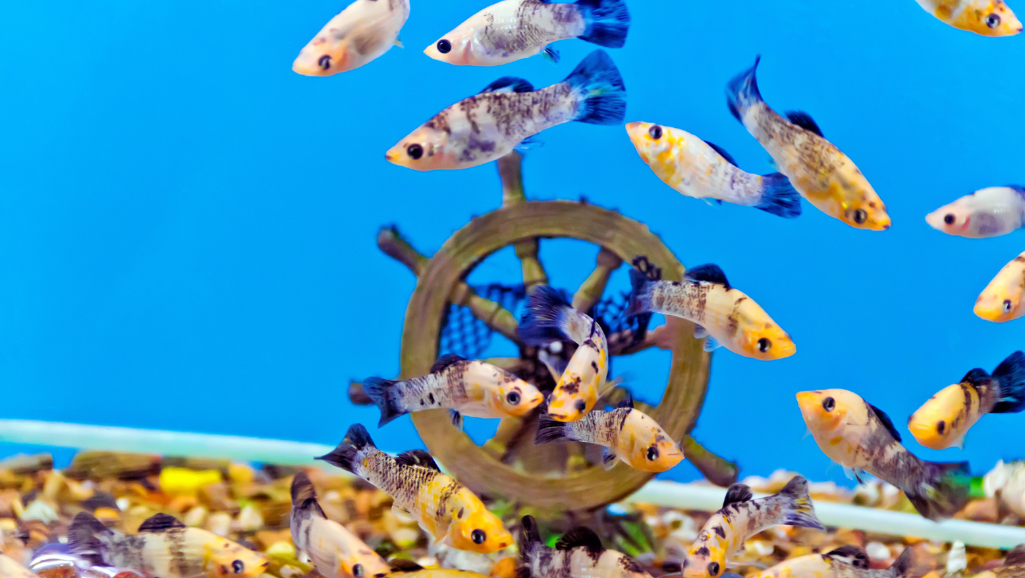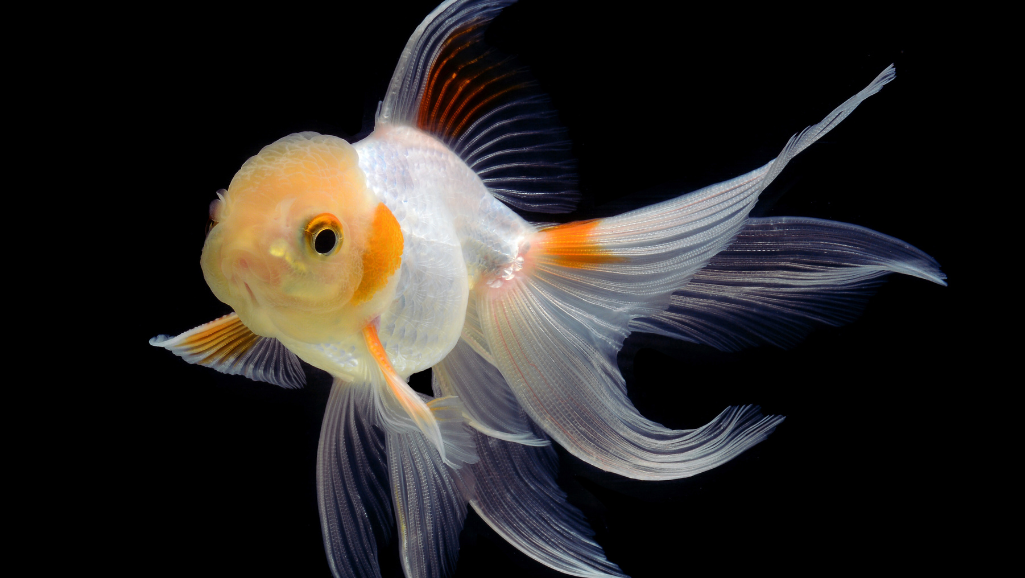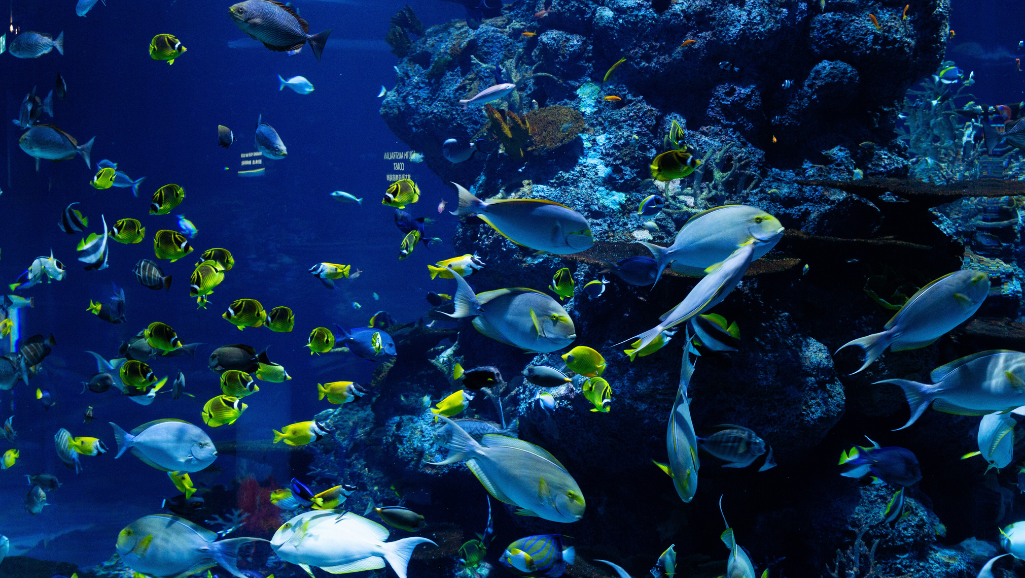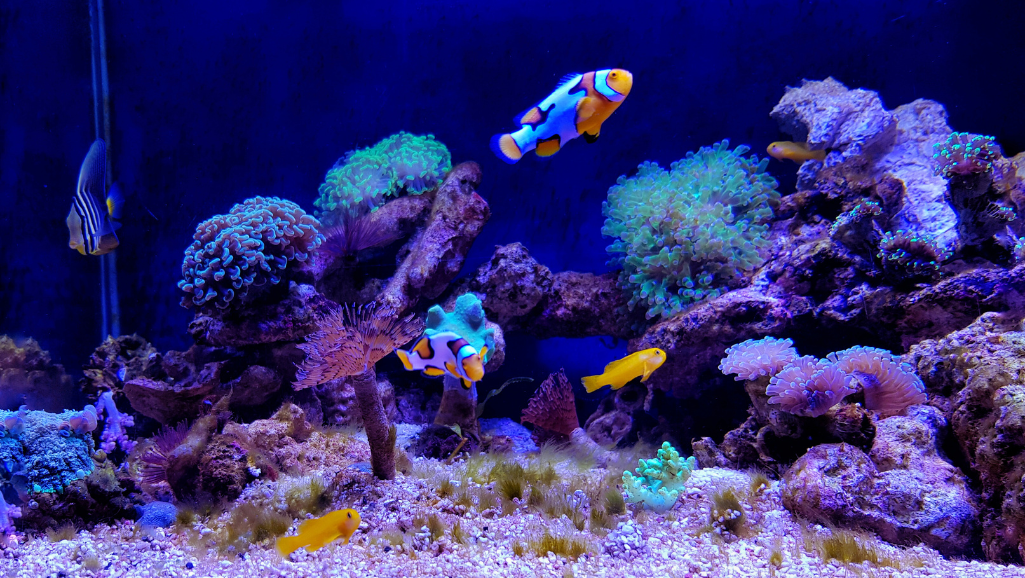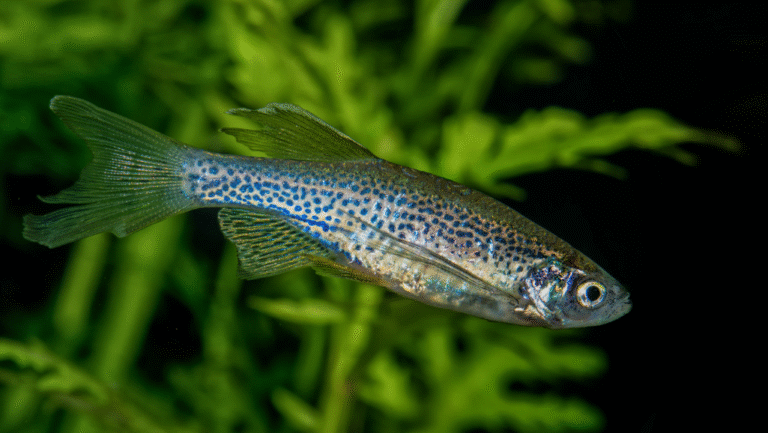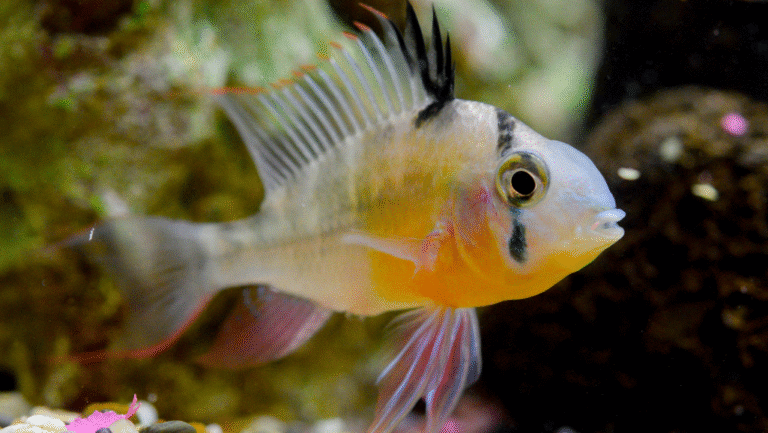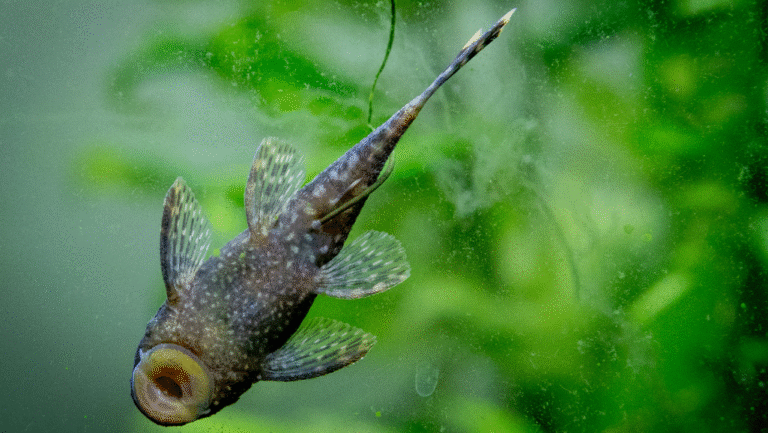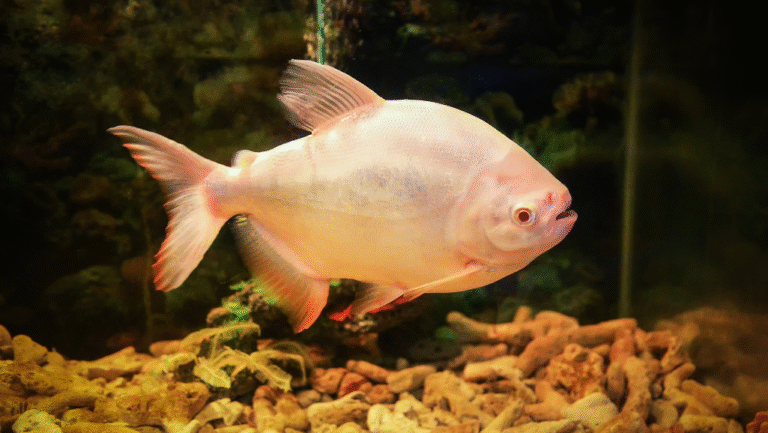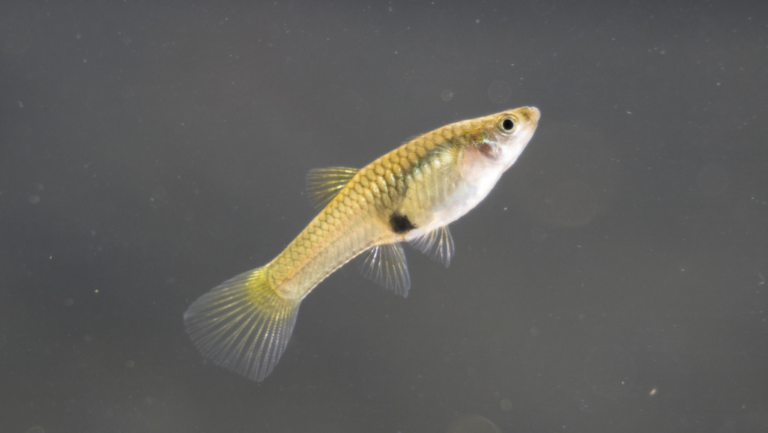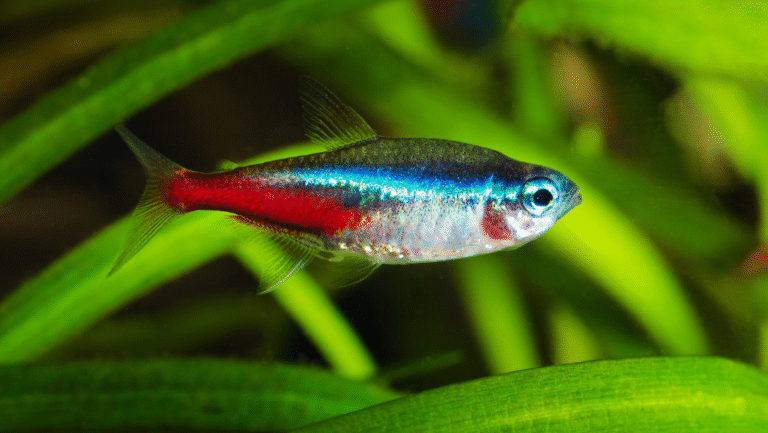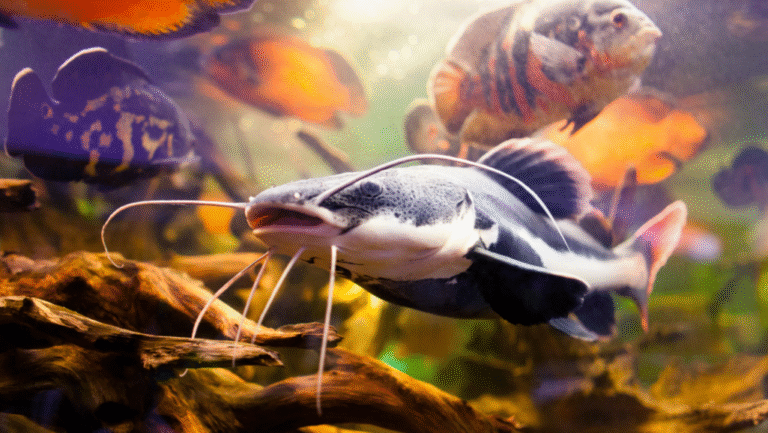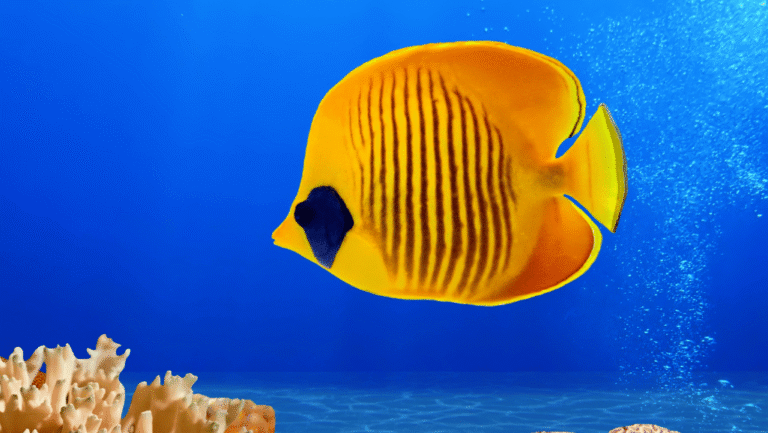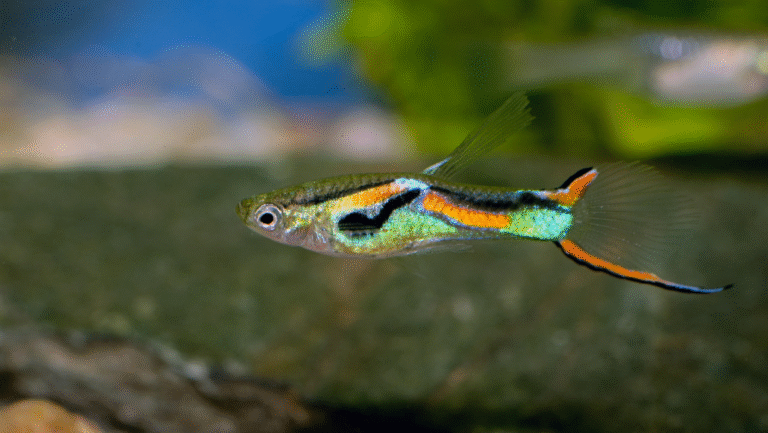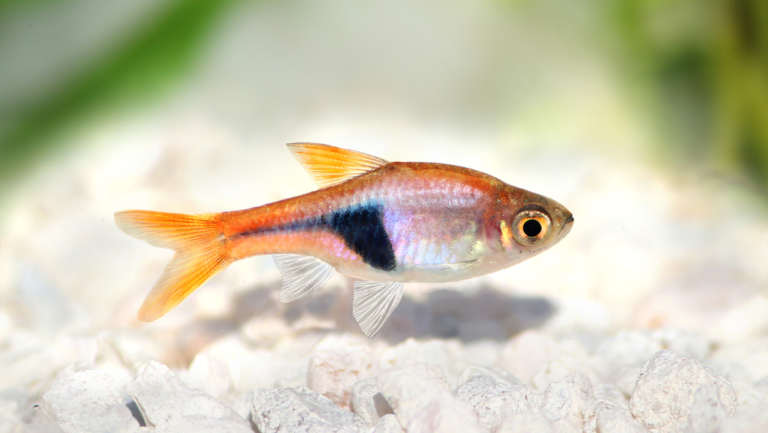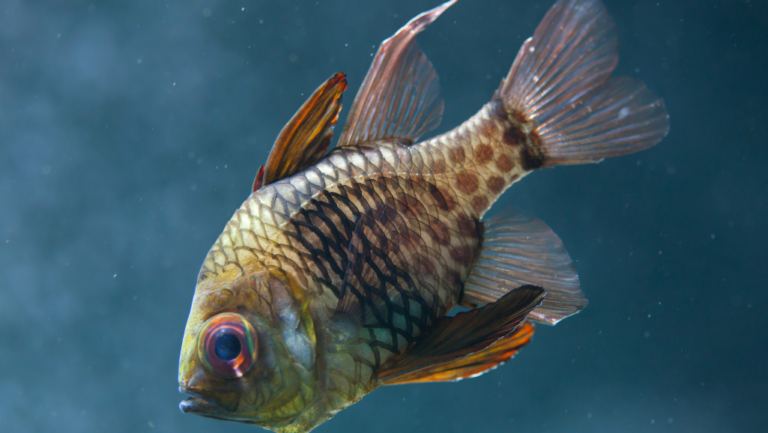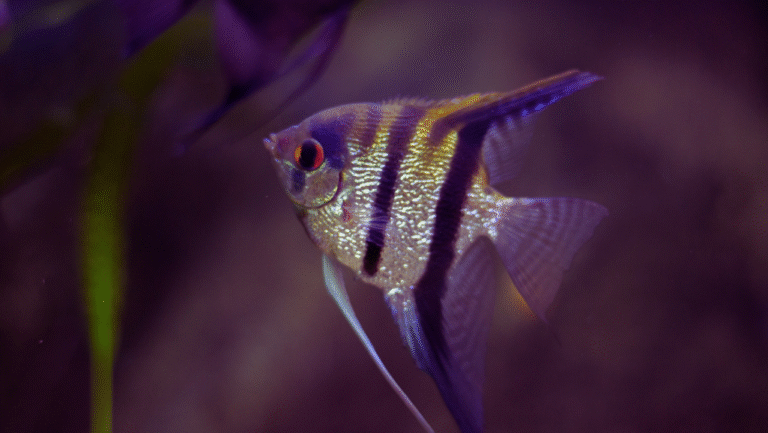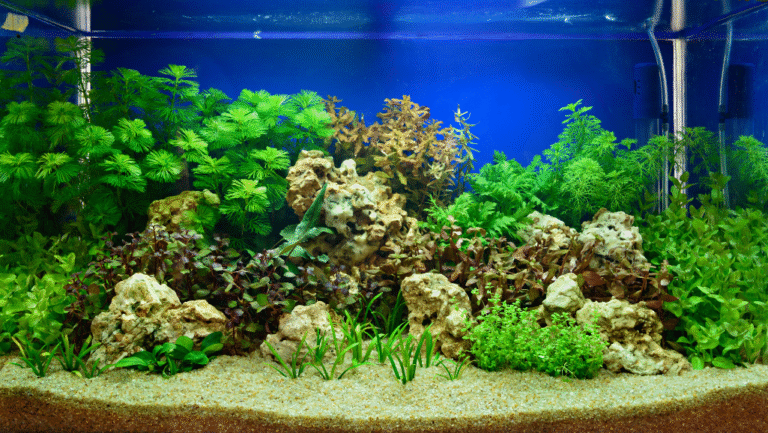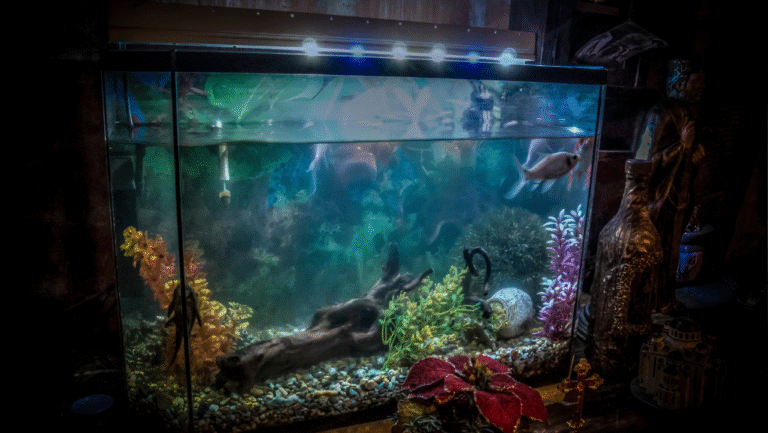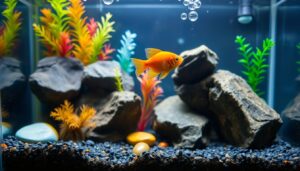Welcome to the world of aquarium fancy fish categories. Here, aquascaping turns into a living art form. A well-crafted aquarium is more than just water in glass. It’s a mix of colorful fish and unique aquarium accessories. Explore a vast ocean of info to guide you through the colorful world of fish.
Choosing the best fancy fish for an aquarium can be exciting but also challenging. But don’t worry, finding the right fish for your tank is key. Discover a range of freshwater favorites that add beauty and character to your tank.
Let’s start a journey through tiny aquatic gardens. From the elegant goldfish to the lively tropical fish, there’s a lot to learn. Get tips from experts to balance your tank perfectly. Check out detailed guides on fish species for small tanks. Or, find inspiration from places like Adventure Aquarium.
Key Takeaways:
- Diverse aquarium fancy fish categories cater to different tank sizes and aquarist experience levels.
- The marriage of unique aquarium accessories and colorful fish breeds can create a naturalistic or whimsical theme.
- Selecting the best fancy fish for an aquarium involves a careful consideration of compatibility and care requirements.
- Educational resources like Aqualibs and AquaJoyLife are invaluable for both novice and expert aquarists.
- A well-curated aquarium can serve as a focal point in a room, greatly enhancing the ambiance and aesthetics of your space.
Debunking Common Myths of Aquarium Fancy Fish Selection
The world of popular fancy aquarium fish species is vast and colorful. It offers many choices for those who love aquariums. But, some wrong ideas can make it hard to enjoy and care for these fish. Let’s talk about some common myths about types of fancy aquarium fish and how to care for them.
The Falsehoods Surrounding Tropical Fish Adaptability
Many think tropical fish need very specific water to live. But, this is not true. Today’s tropical fish have been bred for many years. They can live in a variety of conditions.
For example, goldfish are very adaptable. They can live in different water conditions. This is shown in guidelines on caring for fancy aquarium.
Mixed Biotopes: An Experiment or a Faux Pas?
Some think mixing fish from different places is too risky. But, with the right knowledge, it can work. It’s all about knowing what each fish needs and how they behave.
Choosing fish that like similar water and food but come from different places helps. This way, you can create a balanced mixed biotope.
The Dietary Needs of Carnivores and Herbivores in Aquatic Ecosystems
It’s important to know what carnivorous and herbivorous fish eat. Carnivores need a lot of protein, while herbivores eat more plants. Not meeting these needs can harm the fish and upset the tank.
Doing your research and following the right diet is key. This ensures all fish get what they need. More information can be found at Aquarium Fish Size Considerations.
By clearing up these myths, we can enjoy the wide range of popular fancy aquarium fish species more. Understanding and debunking these myths makes the hobby more fun and open to everyone.
The Ideal Aquarium Inhabitants for Beginners
Starting a fancy aquarium is exciting but can feel overwhelming for beginners. Picking the right fish is key for a successful setup. Some fish are easy-going and adjust well to different water conditions, making them great for newbies.
Platys and Guppies are good choices for beginners. They are hardy and colorful. They do well in a variety of water conditions, which is helpful for beginners.
It’s also important to know about the social needs of fish. Schooling species like Zebrafish and Neon Tetras add color and movement. But, they should be kept in groups to reduce stress.
Adding catfish like Corydoras or Antenna Catfish is also beneficial. They are peaceful and help keep the tank clean by eating leftover food and debris.
- Platys: Need water between 24-28 degrees Celsius and grow to 4-6cm, fitting most tanks.
- Neon Tetras: Do best in 20-26 degrees Celsius water and stay small, creating a lively school.
- Guppies: Like warm water of 24-26 degrees Celsius and are easy to breed, great for beginners.
For a fancy aquarium, avoid mixing too many fish, especially in small tanks. Choose a theme or group of fish for a balanced and peaceful environment.
| Fish Species | Preferred Temperature (Celsius) | Average Adult Size (cm) | Life Span (Years) |
|---|---|---|---|
| Guppy | 24-26 | 5 | 3 to 5 |
| Platy | 24-28 | 4-6 | 5 |
| Neon Tetra | 20-26 | 3.75 | 5 |
Choosing the right fish is just the start. A good freshwater aquarium setup is about beauty and care. Picking strong, easy-to-care-for fish helps beginners learn and grow. This can lead to more complex freshwater aquarium ideas and setups.
Fancy Goldfish: Not Just a Starter Pet
Fancy goldfish are more than just beginner pets. They are a symbol of beauty and complexity in ornamental aquarium fish. These fish have a long history, evolving over centuries through careful selection.
Tracing the Origins: From Ancient Ponds to Modern Tanks
Originally bred for their beauty in East Asia, fancy goldfish are now loved worldwide. Today, there are over 200 varieties, each adding its own charm to ponds and tanks.
Longevity and Care: The Goldfish Perspective
Fancy goldfish care is more than just a bowl and water. It includes a proper diet, clean water, and friends. These peaceful fish do best with others and in environments that feel like home.
| Variety | Average Lifespan | Typical Length | Special Care Notes |
|---|---|---|---|
| Ryukin | 10 years | 10 inches | Requires spacious tanks for free movement. |
| Oranda | 12 years | 6 inches | Heater necessary; prefers floating food. |
| Ranchu | 8 years | 6 inches | Maintain pristine water conditions; sensitive to changes. |
| Bubble Eye | 8 years | 5 inches | Avoid sharp decorations to prevent sac injury. |
This table shows the variety and care needs of popular fancy goldfish. It highlights why they are among the top ornamental aquarium fish. Each variety adds beauty to tanks and needs special care to stay healthy and vibrant.
Understanding Schooling Fish Dynamics in Fancy Aquariums
Schooling fish add beauty and balance to tropical fish tank setups. They are key to a peaceful aquatic community. Their synchronized swimming and social behaviors are crucial.
For those who love aquariums, knowing about schooling fish is important. It helps keep fish healthy and makes the tank look great. Studies show that fish like Neon Tetras and Rummy Nose Tetras are safer and less stressed in groups.
The Social Nature of Schooling Fish
Neon Tetras, Galaxy Rasboras, and Rummy Nose Tetras need to be in groups to be happy. They thrive with at least six to twelve members. This helps them feel safe and reduces stress.
Keeping these fish in groups makes them look their best. They show off their natural colors and behaviors. This is a sign of their health and happiness.
Maintaining Harmony Among Diverse Fish Species
Using the right fish tank decorations and keeping the tank conditions right is key. Tetras, for example, love soft light and plants. This makes their tropical fish tank setup peaceful.
Creating a successful aquarium means matching fish species well. Schooling fish can help keep the peace. They help stop aggressive fish from causing trouble.
Community tanks are a test of balance and harmony. They need careful planning to meet the needs of all fish. With the right care, aquarium hobbyist community members can create a vibrant and thriving home for their fish.
Nano and Cold Water Aquariums: Small-Scale Ecosystems
Creating a thriving environment in a nano reef tank or a cold water aquarium requires a deep understanding of aquatic life. These small ecosystems are beautiful and challenging to maintain. They are perfect for small spaces like office desks or apartments, offering a vibrant underwater world.
Tropical fish supplies are for warmer waters, between 72-82 degrees Fahrenheit. Cold water tanks, however, are for species that like cooler temperatures, between 50-60 degrees Fahrenheit. Fish like Zebra Danios and White Cloud Minnows are great for these tanks. Their size is also important, as Zebra Danios grow up to 1.5 inches and are perfect for nano tanks.
The right freshwater aquarium accessories are crucial for the health and happiness of fish. Good filtration, substrate, and plants support the fish’s needs and look great. Lighting and temperature control are also key to creating a natural habitat for cold-water species.
- Nano tanks often require specific light settings to support coral and invertebrates if added alongside fish.
- Cold water fish tanks benefit greatly from robust filtration systems to maintain water clarity and cleanliness, despite lower temperatures.
Keeping an eye on water quality is essential for nano reef tanks or cold water setups. Regular checks of ammonia, nitrate levels, and pH are needed. This ensures a stable environment for the fish, keeping them healthy and thriving.
In conclusion, setting up a nano reef tank or a cold water aquarium is rewarding. It combines beauty with the complexity of natural ecosystems. With the right tropical fish supplies and care, these setups can flourish, adding joy and peace to small spaces.
Aquarium Fancy Fish Categories
Exploring the world of fancy fish is exciting for aquarium hobbyists. Finding the right fish for your tank is key. Whether you’re new or experienced, there are many breeds to choose from. Adding the best plants and proper care can make your tank thrive.
Top Fancy Fish Species for Beginners
Beginners need fish that are easy to care for. Goldfish are a top choice because they’re hardy and long-lived. They can live up to 20 years with the right care.
Guppies are also great for beginners. They come in many colors and are easy to care for. They fit well in a 10-gallon tank, perfect for new owners.
Unique Aquarium Fish for Enthusiasts
For those with more experience, exotic fish can add excitement to your tank. The celestial orbital watonai and the majestic ryukin are examples of unique fish. They need the right plants and care to thrive.
Enthusiasts might choose German blue rams for their community tank. They like warmer water and can live in a 20-gallon tank. Boesemani rainbowfish need bigger tanks because of their size and activity.
Choosing the right fish is more than just picking a pretty one. It’s about understanding their needs and behaviors. Good care makes your tank a beautiful display of nature.
Customizing Aquariums with Exotic and Luxury Decor
Adding luxury fish tank decor and high-end aquarium ornaments can change any home’s look. It brings beauty and calm. People now pick aquariums that match their home’s style and are good for fish.
Creating a luxury aquarium means thinking about tank shapes, themes, and modern aquarium lighting. Shapes like cylindrical columns and panoramic views are popular. They show off colorful marine life. Saltwater aquariums are especially loved for their vibrant corals and exotic fish.
Being eco-friendly is key in luxury aquariums. LED lights save energy and help corals and plants grow. Brands like AQUA VIM make stylish, sustainable aquariums.
| Feature | Benefit |
|---|---|
| Wall-mounted and portrait aquariums | Space-saving designs with eye-level viewing |
| Advanced maintenance technology | Enhanced convenience with AI and smartphone integration |
| 22-carat gold elements | Opulent styling for exclusive interiors |
| Eco-friendly LED lighting | Energy-efficient with superior light quality |
The world of luxury fish tank decor is all about elegance and new tech. Adding special high-end aquarium ornaments and modern aquarium lighting can make any room peaceful and beautiful. Luxury aquariums mix art and nature, reducing stress and adding beauty.
In short, making aquariums special is about mixing function, style, and care for the planet. This creates a calm and beautiful space that’s good for both people and fish.
Maintaining a Healthy and Aesthetic Aquarium Environment
To keep your aquarium looking good and working well, following a good maintenance guide is key. The health of your fish and the look of your plants depend on how well you care for them. Using top-notch fish tank supplies is crucial to make sure everything in your tank is healthy and happy.
Keeping an eye on the water chemistry is the first step in aquarium care. Using the best supplies, like advanced monitoring tools, helps keep the water safe for your fish and plants. It’s important to keep ammonia and nitrite levels at 0mg/L to avoid harm.
Fish Tank Cleanliness and Maintenance Guidelines
Good aquarium care includes several important steps. These steps help keep your fish and plants healthy for a long time. Here are some key activities:
- Test the water weekly to check on important things like pH, nitrate, and ammonia.
- Change the water regularly, but only 10% at a time, to avoid upsetting the balance.
- Clean or replace filters every two weeks to keep them working well. Choose filters that are at least double the size of your tank for better performance.
- Use a gravel vacuum to clean the bottom of the tank. This removes food waste and other stuff that builds up.
Ornamental Plants: Care Techniques for Aquatic Flora
The beauty of your aquarium comes from how you take care of your plants. Good plant care means:
- Providing enough light—most plants need 8 to 10 hours of light a day. Use special lights that mimic the sun.
- Using liquid fertilizers and CO2 systems to help plants grow strong. Make sure to use a good CO2 regulator, like the Hydra Aquatics Compact Pro.
- Picking the right soil for your plants. Look for products like Water Plant Soil that help plants grow well.
- Following design rules, like the Rule of Thirds, to arrange plants in a way that looks good.
By following these tips and using the best supplies, your aquarium will not only stay healthy but also look amazing. It will become a beautiful and calming part of your home.
The Art of Fish Breeding in Fancy Aquariums
Breeding fish in fancy aquariums is a complex science and art. It needs a deep understanding of the needs of exotic fish. Enthusiasts find joy in breeding their own fish, making it a rewarding hobby.
Different fish have different breeding strategies. Egg layers and livebearers need different conditions to thrive. Freshwater fish care tips are crucial for managing these delicate ecosystems.
Optimizing Conditions for Breeding Success
To succeed in breeding, hobbyists must mimic the natural habitats of fish. They adjust water chemistry and the aquarium’s layout. Factors like temperature and pH are carefully managed to create the perfect breeding environment.
Techniques like using spawning grids are used to protect eggs. This shows the strategic approach needed in high-end fish tank maintenance.
The Science of Food, Filtration, and Water Quality in Hatcheries
Fish breeding also depends on the nutrition of the breeding stock. Diets rich in proteins and fats are essential, especially for egg layers. Comprehensive filtration systems are key to keeping water clear and disease-free.
Keeping water conditions ideal in hatcheries is challenging. Different fish species have unique needs. Meeting these requirements is crucial for successful breeding.
| Feature | Egg Layers | Livebearers |
|---|---|---|
| Spawning Method | Use of spawning tanks and grids | School or pairs release |
| Breeding Technology Needs | High | Low |
| Operational Costs | High – requires extensive infrastructure | Lower – simpler facilities |
| Average Breeding Output | 5-10 times more than livebearers | Less but easier to manage |
| Growth Rate | Fast and uniform | Varies, generally slower |
| Common Species | Significantly more diverse | Fewer varieties, e.g., guppies, mollies |
In conclusion, mastering fish breeding in fancy aquariums is more than just routine care. It requires a deep commitment to understanding exotic fish needs. Those who invest time and resources in high-end fish tank maintenance are rewarded with thriving ecosystems. These ecosystems showcase the beauty and complexity of aquatic life.
Conclusion
As we wrap up our journey into the world of fancy aquarium fish, we see how popular they are. In Florida, the ornamental fish industry is booming. Guppies and Neon Tetras are just a few examples of the many colorful fish that hobbyists love.
Goldfish, with their long lives and growth, remind us of the big commitment we make when we get an aquarium pet. This commitment is both a responsibility and a reward.
In Florida, over 800 fish varieties are being bred. The care for aquatic plants is key to a thriving aquarium. Families like Cyprinidae and Characins show us the beauty and diversity of our underwater world.
The aquarium hobby is growing, thanks to the sharing of knowledge and love for aquatic life. It’s not just about looking good; it’s also about learning and growing.
Keeping an aquarium is more than just a hobby; it’s a journey of discovery. It brings joy and peace, showing us our connection to nature. Whether you’re new or experienced, there’s always more to learn and explore in the world of aquariums.
